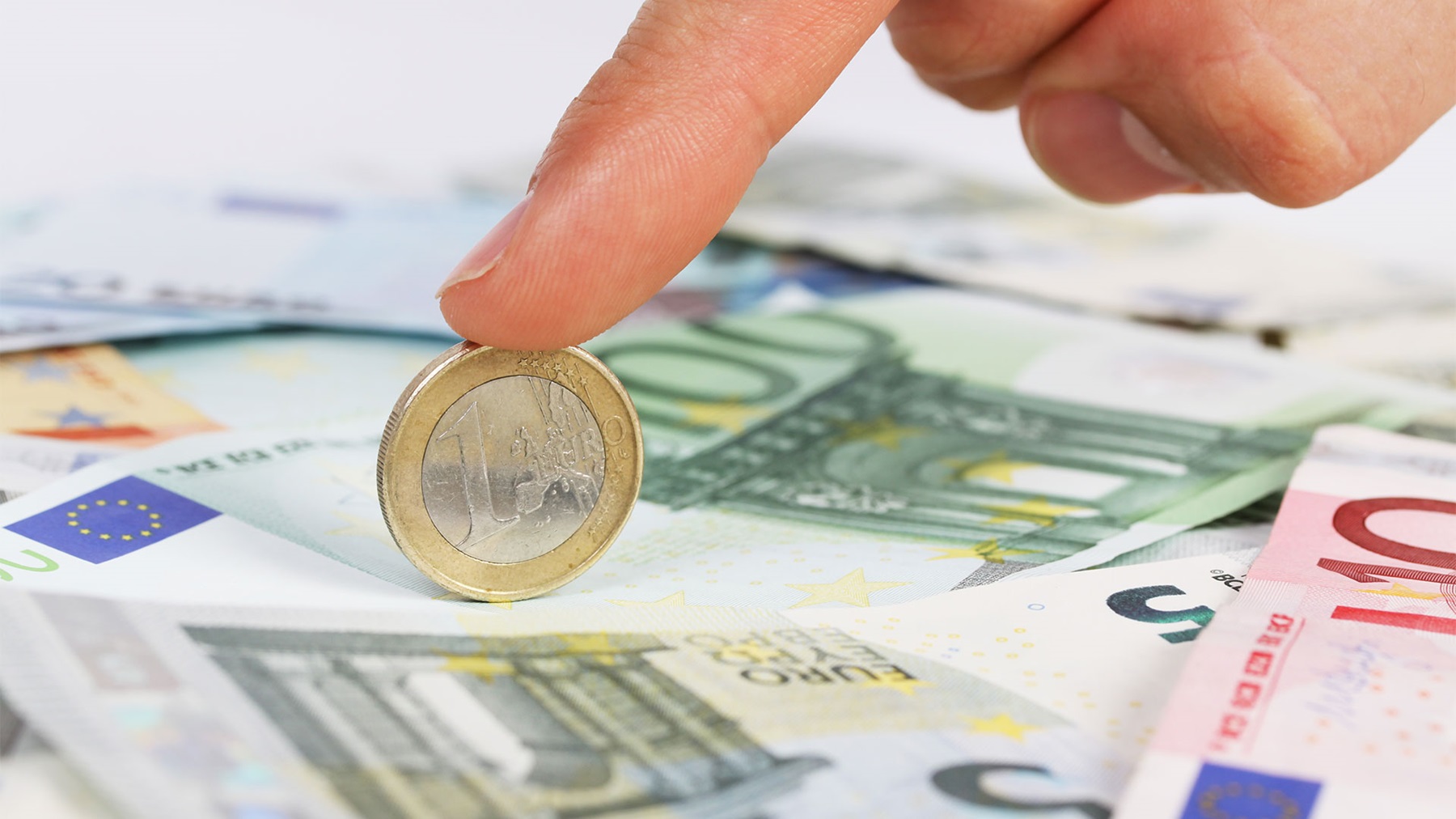This year, Treasury Today celebrates its 25th birthday. We’ve reported on so many things since the first copies of Treasury Today rolled off the printing press back in 1998. 9/11, the GFC and the emergence of global transaction banking. The growing climate emergency, how to weather a pandemic and the digital explosion, to name a few. We plan to celebrate our quarter century with one ‘Treasury Insight’ every month through 2023 that reflects on the biggest events to impact treasury since 1998. First out of the trap: the euro.

Amid all the fanfare, the arrival on 1st January 1999 of what has since become the world’s second reserve currency and second most-traded currency behind the dollar was, in fact, calm and controlled. For treasury, the euro’s introduction was mostly grunt, tick-box work, and communicating with boards that all was in hand, recalls retired treasurer John Grout whose career spans a 12-year stint at Cadbury’s Schweppes in the 90s.
Treasury teams had three years to get ready. It was only in January 2002 that banknotes and coins of the national currencies such as the Deutsche mark, French franc and Italian lire, were switched for euro cash at set fixed conversion rates.
A key administrative process involved reducing and simplifying foreign exchange hedging no longer needed with the single currency. “Most large firms and multinationals were set up to open new euro accounts and close accounts for the replaced currencies very efficiently. Only the largest companies used treasury computer systems and then most were bought-in rather than developed by the companies,” he says. “For outstanding forward FX contracts, it was a case of following the industry conventions that had been worked on in the years before the switch.”
Corporate debt books also needed updating. Treasury had to oversee the change in the nominal for debt and bonds and set interest rates for the now euro-denominated obligations. “It was not just conversion rates but “reconventioning” (payment dates, interest conventions etc. and also related swaps that had to be considered,” says Grout. “Fortunately, ISDA, had spent a lot of time on all that, just as they did more recently with the LIBOR switch.” Elsewhere, corporate lawyers had to check euro-amended bank documents.
Challenges
Challenges at the time included a lack of legacy currency in the lead-up to the changeover in 2002. The Irish Republic, for example, reported shortages of the smallest denomination coins in 2001. Corporates were also concerned about the lack of access to the new currency. A particular issue for retail outlets, which saw significant demand for small denomination notes and coins.
Much of the introduction work fell to corporate accounting and commercial teams, ensuring that all relevant subsidiaries were aware of what was going on and were liaising with local bankers on their own cash and operational needs. “Most significant here was ensuring that commercial staff had re-pricing into euros in hand and were able to handle outstanding accounts on conversion date and later payments and receipts, credits etc in relation to them,” says Grout.
“Accountants had to be able to switch over their own accounting and operations and keep track of their local treasury operations too. Those were big tasks. Boards wanted to hear from the Finance Director that the accountants were on top of it, and from the operating division heads that commercial staff were on top of things too.”
The introduction of a new currency wasn’t complicated by know-your-customer anti-money-laundering and counter-terrorist rules for banks, since these new rules were not yet in place. Still, internal audit and group security were involved to ensure that no opportunities for defalcation, theft or fraud were opened up with all the changes going on, says Grout.
Elsewhere, treasury teams had to be across how to handle client refunds of former local currency amounts after the euro was introduced. Once treasury had updated systems, policies and processes, the focus shifted to cash management incorporating the new currency, and it wasn’t long before the euro began to open strategic opportunities, like cash pooling on a pan-European basis.
Opportunities
Most large multinational companies operating in Europe rationalised their European cash management structures once pooling in euro became possible. Some corporates, such as Siemens, even changed their internal accounting systems over to euros early before 2002. Others also insisted that their suppliers invoice them in euro. Indeed, the actions of corporates to become euro-compliant at this stage made it clear that the euro already existed as a currency well before the actual cash arrived.
Currency settlements got easier and more effective. Currency fluctuations were eliminated across the participating countries and their interest rates aligned. A larger and more liquid capital market emerged for raising capital or investing funds. Merger and acquisition activity across Europe also accelerated, and a more pan-European view of stock markets emerged, replacing the focus on countries’ individual bourses.
Today
Croatia has just become the 20th country to officially adopt the euro currency and the 27th member to join the Schengen free-movement area, which now comprises 23 EU member states in addition to Iceland, Liechtenstein, Norway and Switzerland. This at a time the European Central Bank, set up in May 1998 and charged with setting monetary policy across the eurozone, is navigating inflation, recession, and the economic fallout of war in Europe. All the while examining the case for creating a digital euro as the currency determines to lead in the fast-changing world of digital currencies and payments in the years ahead.